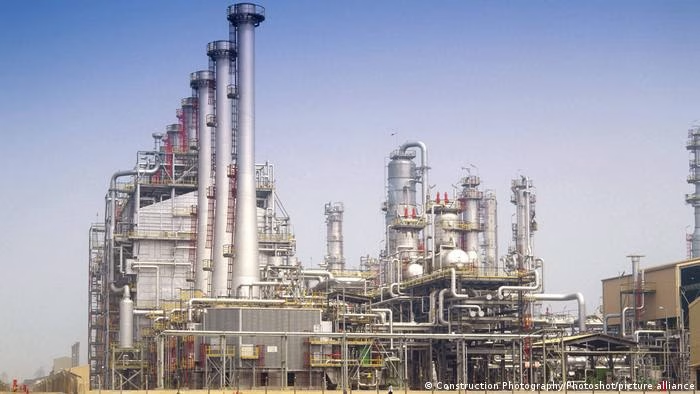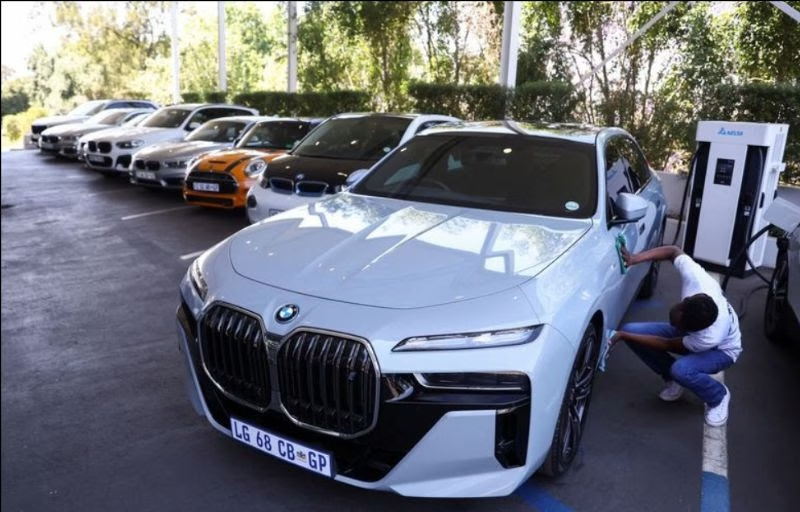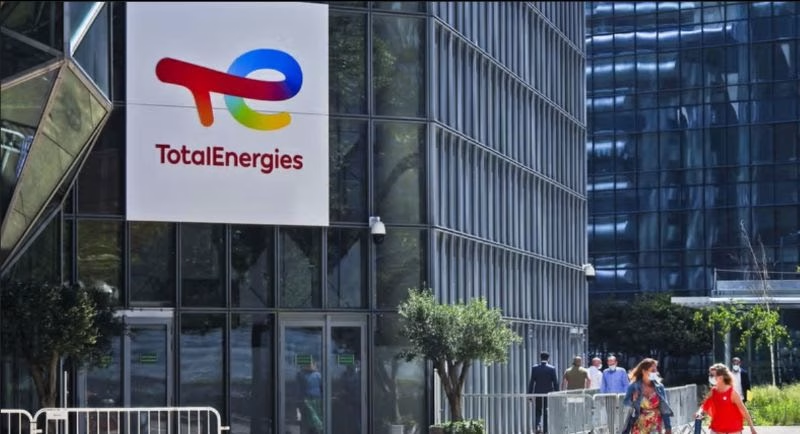Climate change, conflict – and increasingly poverty – are converging with alarming intensity, starkly evident in the lives of millions living in a handful of countries; the IRC is calling for concerted action for conflict-affected, climate-vulnerable states overburdened by climate impacts and underserved by international finance.
With the COP28 climate summit approaching, the IRC calls for concerted climate action for countries that are both conflict-affected and uniquely vulnerable to climate change – including Afghanistan, Syria and South Sudan – which represent a new and growing global “epicenter” of crisis.
While climate change is a shared global challenge, it does not impact all countries equally. Climate change is a “threat multiplier” amplifying humanitarian need and inequality, especially in fragile settings. In the crisis-affected places where the IRC works, the climate crisis is already the current reality. More frequent and intense extreme weather events are destroying livelihoods, intensifying conflict, uprooting people from their homes, and exacerbating already dire climate injustices.
Far from being on the periphery of the fight against climate change, these communities in conflict-affected, climate vulnerable countries* increasingly represent the epicenter of the climate crisis. This handful of 16 countries represents:
10% of the global population, and
Less than 3% of global greenhouse gas emissions, but
44% of the global population in extreme poverty,
60% of global humanitarian need,
Over 70% of internal displacement, and
Nearly half of all people affected by natural disasters globally in the past three years.
These alarming statistics underscore the stark reality faced by millions living in regions marred by conflict: overburdened by the disproportionate impact of climate change while receiving only one-third of the climate adaptation funding per capita compared to their stable counterparts – only further growing the financing gap and, as a result, humanitarian need.
Ahead of COP28, the International Rescue Committee (IRC) has released a paper, Climate Action for the Epicenter of Crisis: How COP28 Can Address the Injustices Facing Conflict-Affected Communities,which calls on international leaders to correct route, prioritizing these communities and committing to four key actions for climate justice.
Improve risk mapping of conflict-affected communities to target action where it is most needed, with better collaboration between the humanitarian and climate sectors;
Invest in innovative adaptation, resilience, and anticipatory action designed for conflict settings instead of focusing on mitigation alone. For example, in Nigeria, the IRC’s anticipatory action project shows that providing cash payments in advance of droughts helps to reduce food insecurity, allow farmers to diversify crops, and prevent short-term fixes such as people selling off livestock to meet immediate needs;
Adopt a “people-first” approach to delivery through meaningful non-governmental partnerships, so that climate finance is made accessible to local actors and civil society groups, including women’s groups, which are often overlooked; and
Make climate finance more equitable and accessible to adequately resource action by fulfilling the $100 billion per year climate pledge and increase ambition for the new goal set from 2025 that will start from a floor of $100 billion. Donors should commit to a minimum 5% of humanitarian budgets to anticipatory action, delivered flexibly and in advance of crises, with a strategy for further expansion by 2030.
Shabnam Baloch, IRC Pakistan country director:
“The 2022 floods in Pakistan that affected around 33 million people submerged a third of the country and destroyed almost 10 million acres of land, causing loss and damage estimated to be over $30 billion. Pakistan contributes less than 1% of the global carbon footprint. The continued fallout is a reminder that the worst impacts of climate change are concentrated in a small handful of countries least prepared for its effects.
“Failure at COP28 is not an option. By delivering tangible commitments to communities at the front lines of the climate crisis, we can help stave off the worst consequences of climate change for the most vulnerable.”
Shashwat Saraf, East Africa regional emergency director:
“East Africa is on the brink of a humanitarian catastrophe: the worst drought in 40 years makes severe malnutrition, livestock loss, food and water shortages, and displacement a daily reality for 40 million people in the region.
“The anticipated Relief, Recovery and Peace Declaration should recognize the unique challenges facing climate-vulnerable, conflict-affected communities and the ways they are being left behind by the existing approach to climate action. Clear financing targets and accountability will be required to turn the words of the declaration into tangible progress for communities in need.
“The question before us is whether we will seize this moment and demonstrate our commitment to prioritizing the most affected communities, or continue down the path of inaction, allowing climate injustice to not only persist but grow.”
* Afghanistan, Burkina Faso, Cameroon, Central African Republic, DR Congo, Ethiopia, Mali, Mozambique, Myanmar, Niger, Nigeria, Somalia, South Sudan, Sudan, Syria and Yemen. Climate-vulnerable counties are defined as being in the bottom 25% of the ND-GAIN Index, which summarizes a country’s vulnerability to climate change and its readiness to improve resilience. Conflict-affected countries are identified according to the World Bank’s FY24 List of Fragile and Conflict-Affected Situations. Fourteen of these countries are on the UN’s list of Least Developed Countries, while Nigeria and Syria are both home to some of the largest pockets of extreme poverty, despite not being classified as LDCs.
Distributed by APO Group on behalf of International Rescue Committee (IRC) .











New Satirical Drama Nya Uriri (Pek Chi Liel) – The Widow’s Burden Sparks Conversations On Widowhood And Inheritance In African Culture